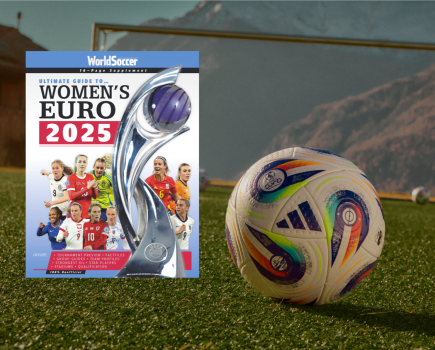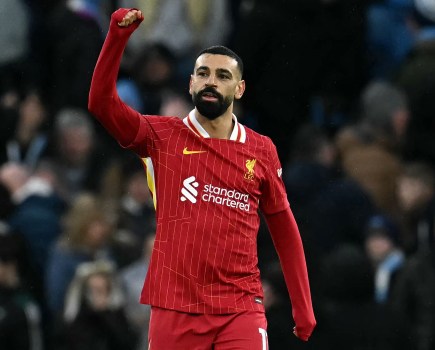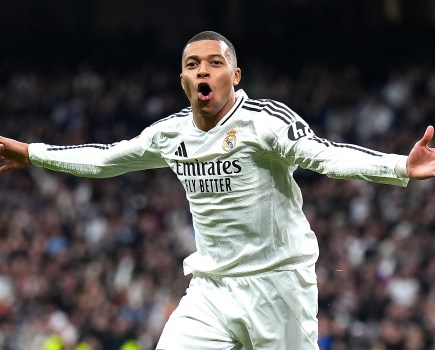A major shake-up in lower-tier professional football in North America is opening the doors for the future expansion of the Canadian game while setting up a new order south of the border.
A handful of disgruntled Canadian and US club owners have taken their destiny into their own hands by creating a North American second division – to be called the North American Soccer League (NASL) – with the first season due to get under way in April.
“By going with NASL, we’re obligated to operate our league at a high standard befitting a name that means so much to the soccer community throughout North America,” says Selby Wellman, owner of the Carolina RailHawks and the league’s newly appointed chairman.
The original NASL was born in the late 1960s out of a merger between the FIFA-sanctioned United Soccer Association and the unsanctioned National Professional Soccer League, and attracted playing legends such as Pele, Johan Cruyff, Giorgio Chinaglia and Franz Beckenbauer to its ranks.
The league folded after the 1984 season when only two clubs, including Toronto Blizzard, were in a position to resume for another season and it was not until 1990 that a “coast-to-coast” league came back to life with the arrival of the 22-team American Professional Soccer League and then Major League Soccer (MLS) in 1996.
Of the new NASL’s 10 teams, six of them – Canadian clubs Montreal Impact and Vancouver Whitecaps, plus US counterparts Rochester Rhinos, Miami FC, Minnesota Thunder and Carolina RailHawks – walked out on the United Soccer League (USL) First Division, which had been the official second tier of US football since MLS began.
This mass transfer happened after a failed bid by club owners to purchase the USL from sportswear giants Nike, who inherited the league after buying rival Umbro in 2007. The conflict was sparked by Nike selling the league to Atlanta-based NuRock Soccer Holdings last summer.
“It’s very disappointing that Nike decided to sell to a group that was unheard of instead of selling to the group of owners,” says Joey Saputo, chairman of the Montreal Impact.
Club owners argue that USL management preferred quantity over quality and were happy to accept such flaky owners as the Ukrainian-born American businessman Dmitry Piterman, who operated the California Victory as a mirror side to Spanish second-tier club Deportivo Alaves.
Piterman disappeared before the end of his side’s inaugural season, after which the club folded and the league had to pay the players’ salaries in the final weeks of the campaign.
Jumping on board
The four other clubs jumping on board the new NASL are AC St Louis, a new entity run by former lawyer Jeff Cooper who failed in his attempt to join MLS; Tampa Bay Rowdies, a team due to begin activities in the USL in 2010 thus resurrecting the side that played in the famed NASL between 1975 and 1984; Crystal Palace Baltimore, part of the player-development system of the English Championship side which has been part of the USL Second Division (American third tier) for the last three seasons; and Atlanta Silverbacks, a side born in 1995 and resuming its activities after being on hiatus last summer in a conflict with the USL.
Hopes are high that the new NASL could herald a golden age of professional soccer in the Great White North unseen since 1981, when five Canadian clubs (Montreal, Vancouver, Toronto, Calgary and Edmonton) where part of the original NASL.
By 2012, Canada will have three MLS sides and Edmonton Drillers are set to take over the Vancouver spot once the Whitecaps join MLS in 2011. Montreal are also expected to make the move to the top flight in 2011 or 2012, and will probably “pass on” their place in the new second division to a reserve team, possibly from Quebec City or Ottawa.






